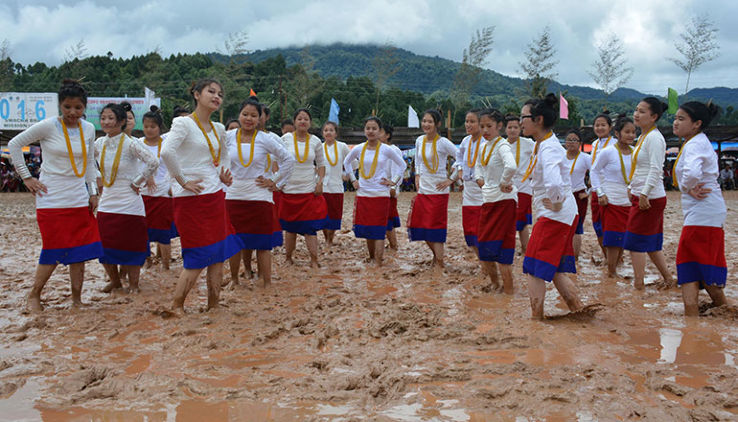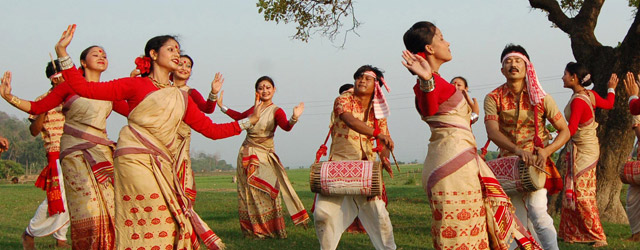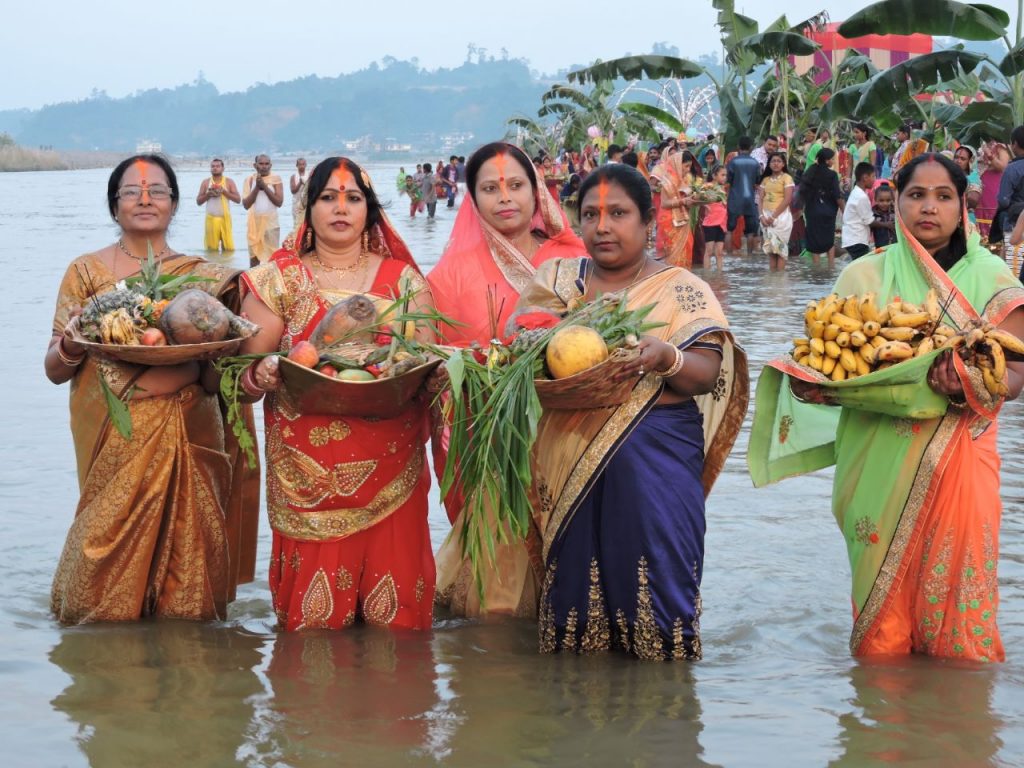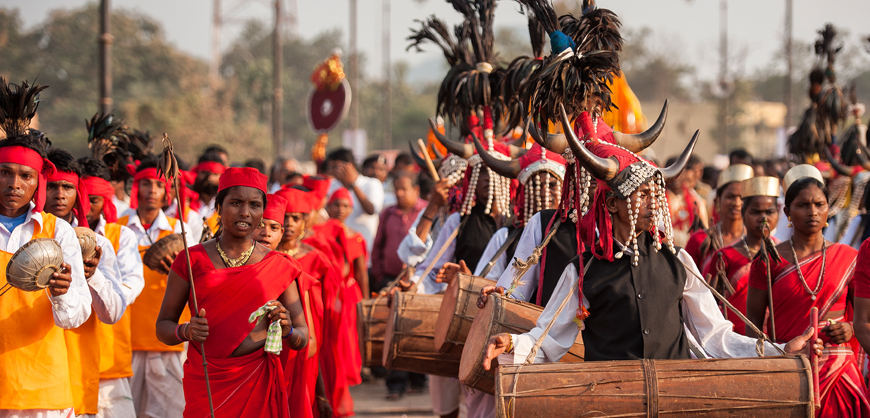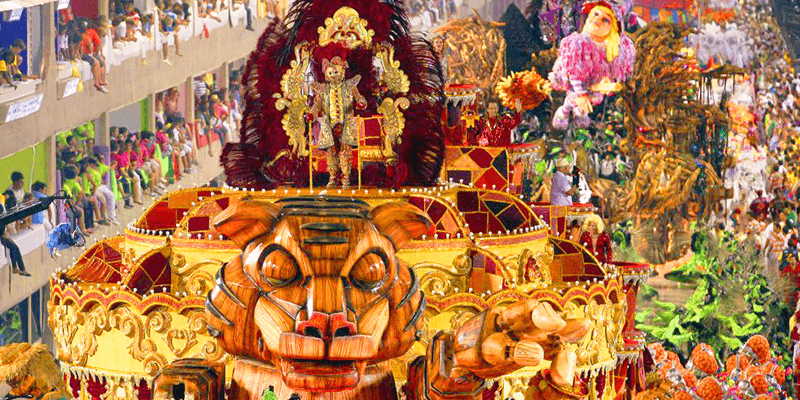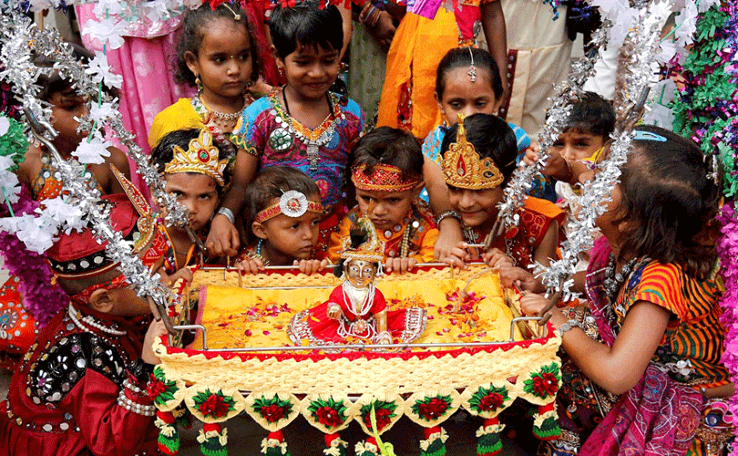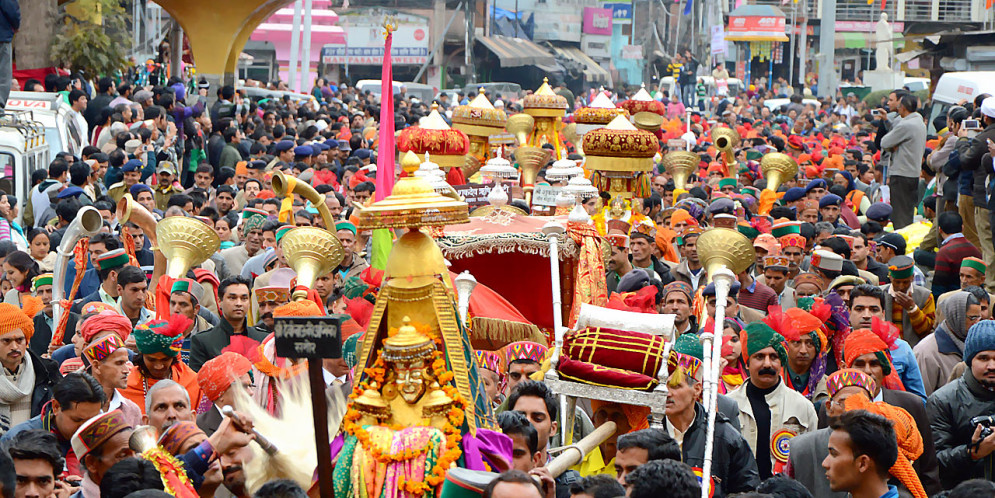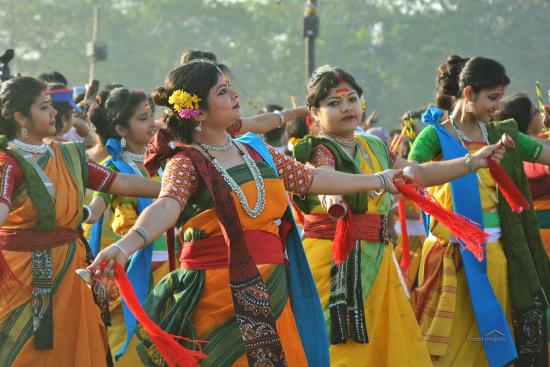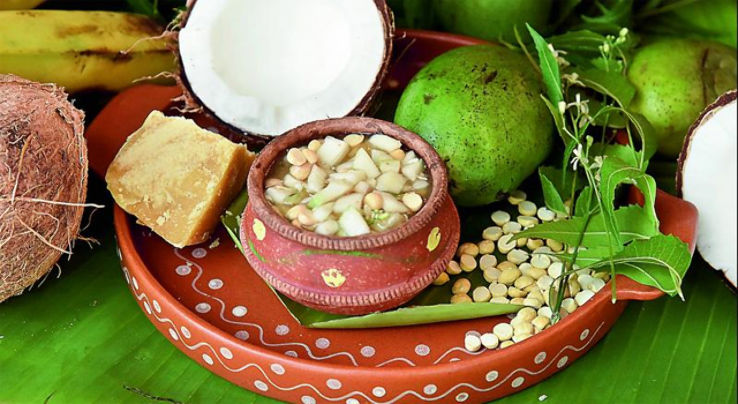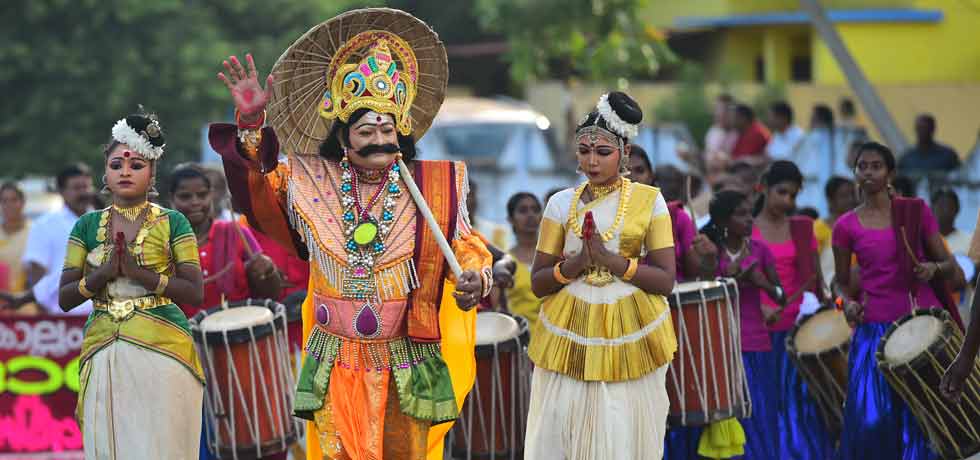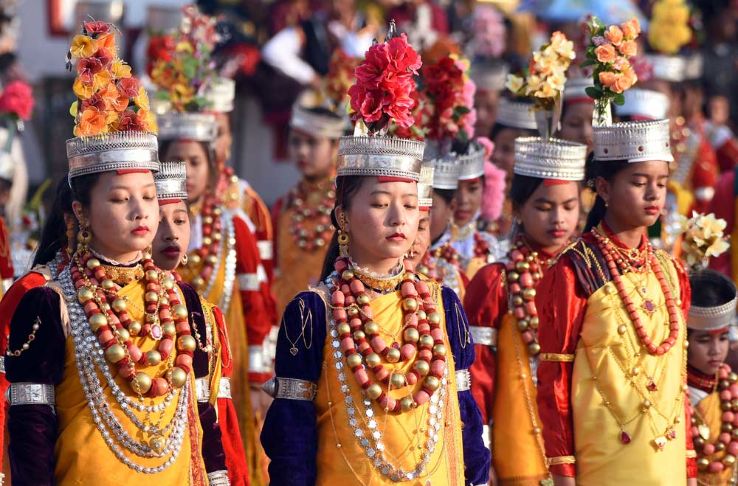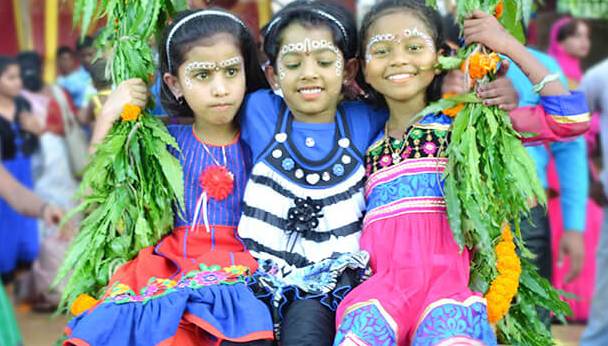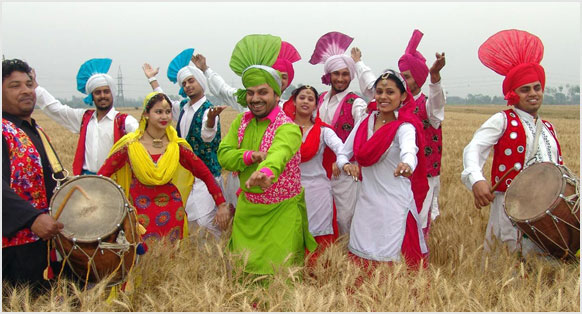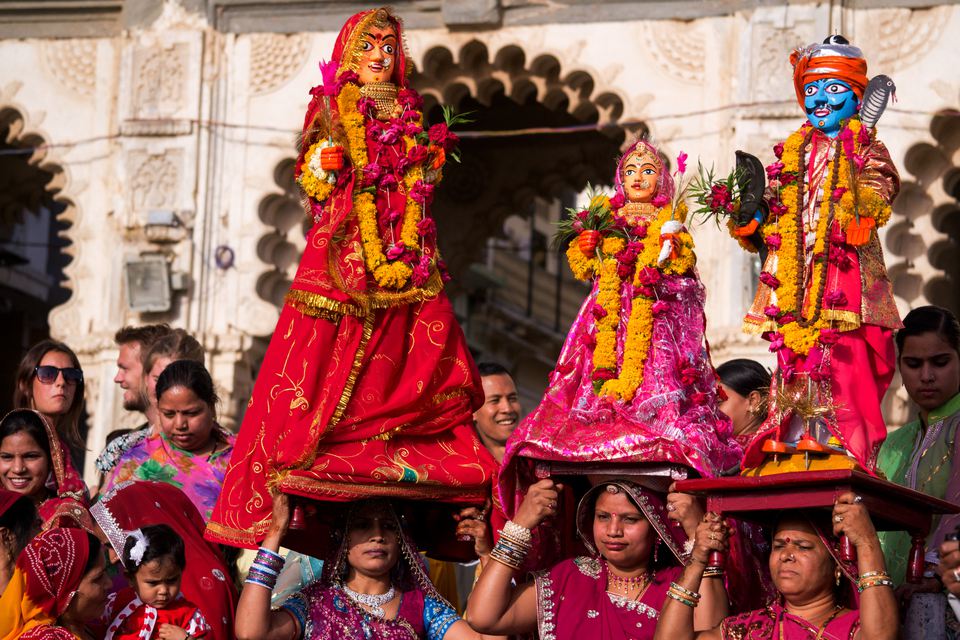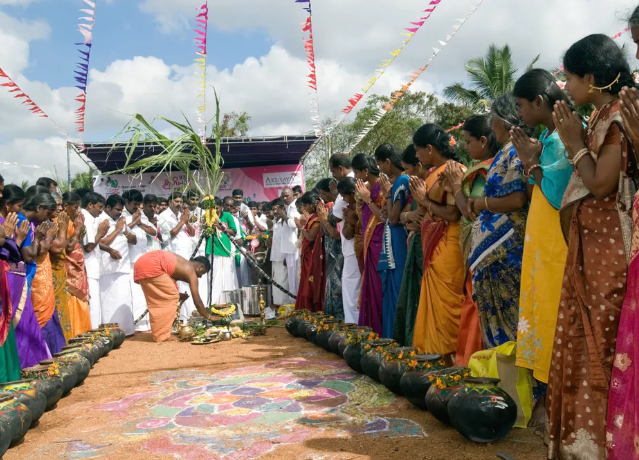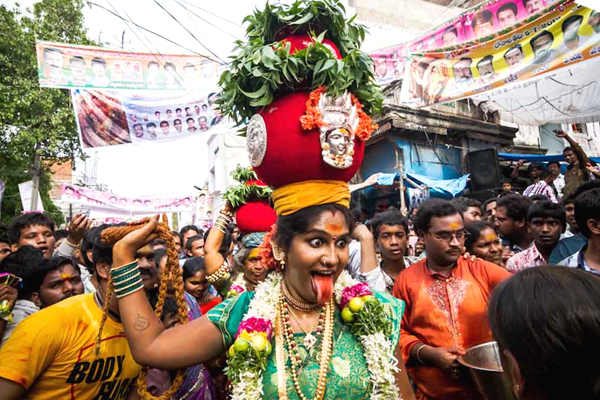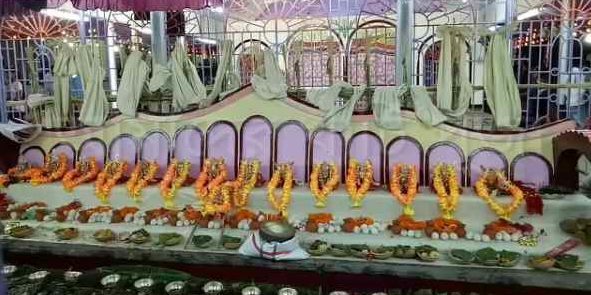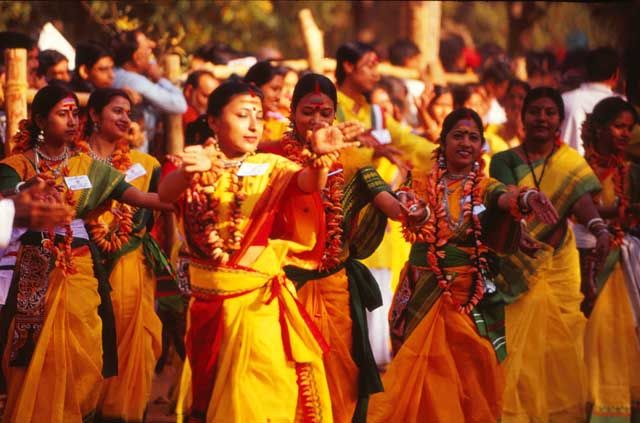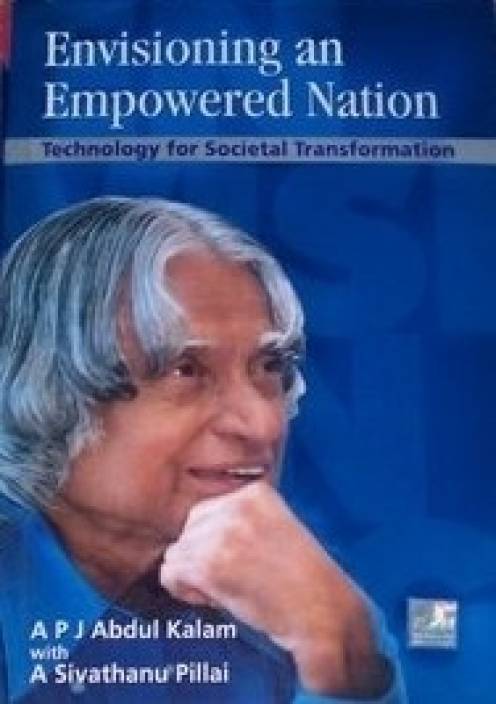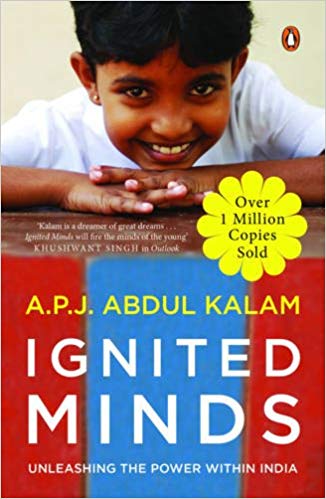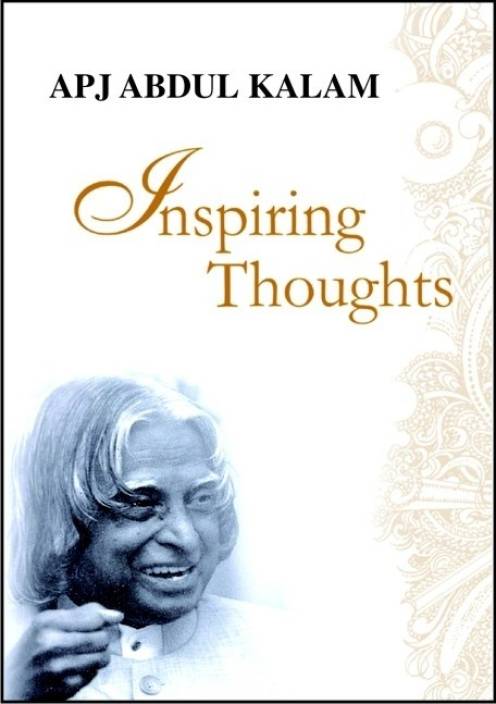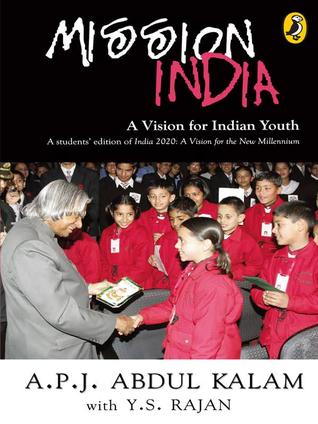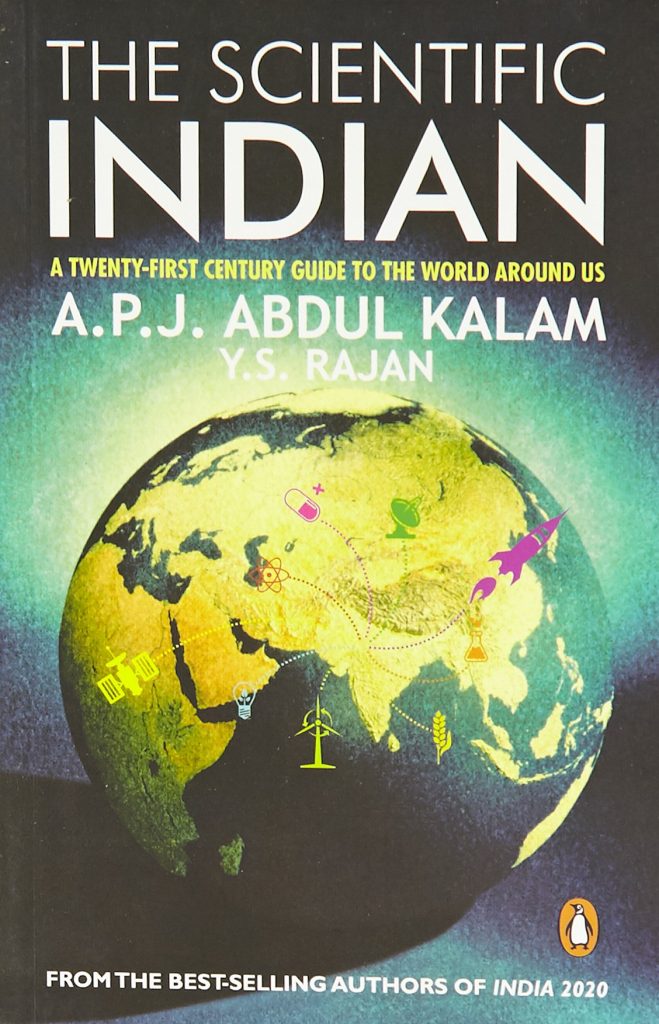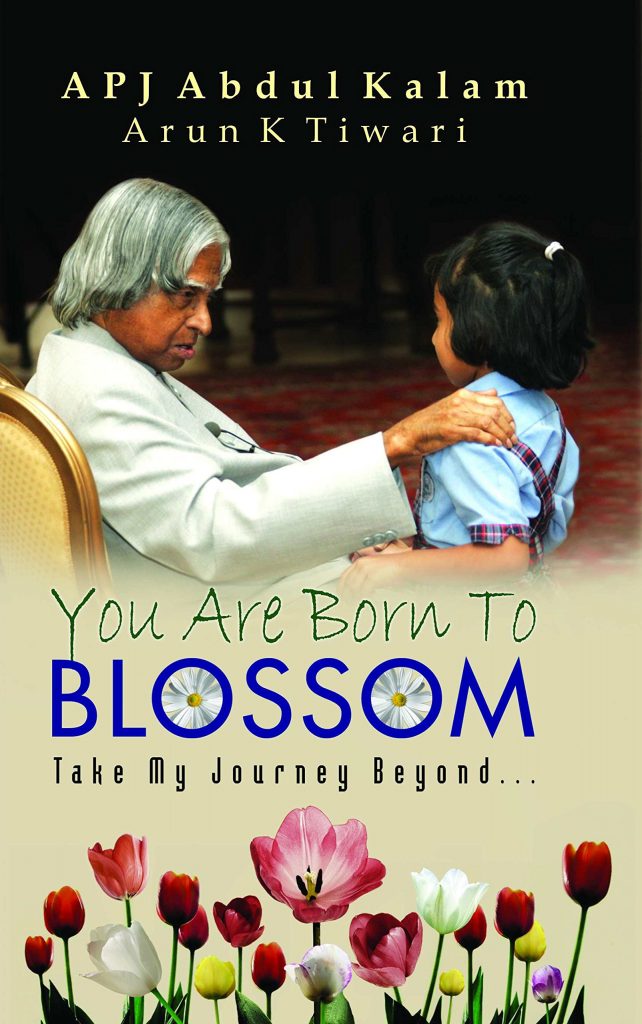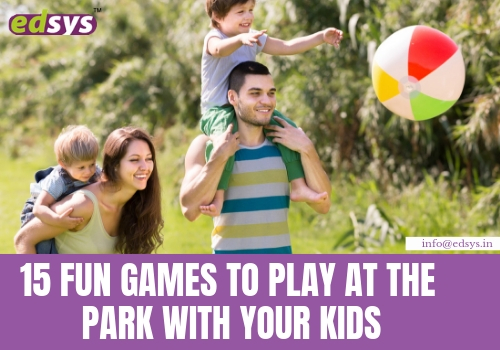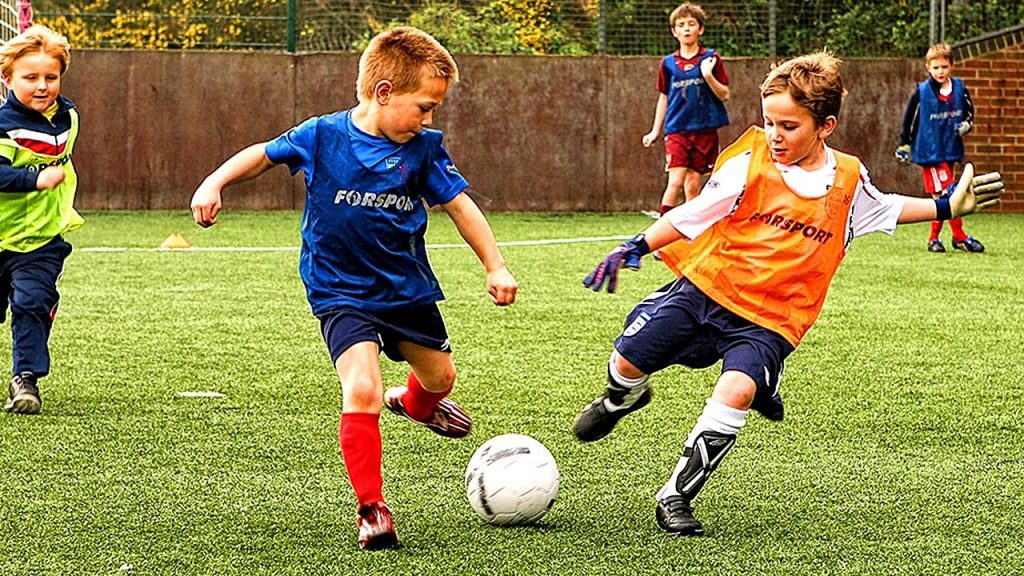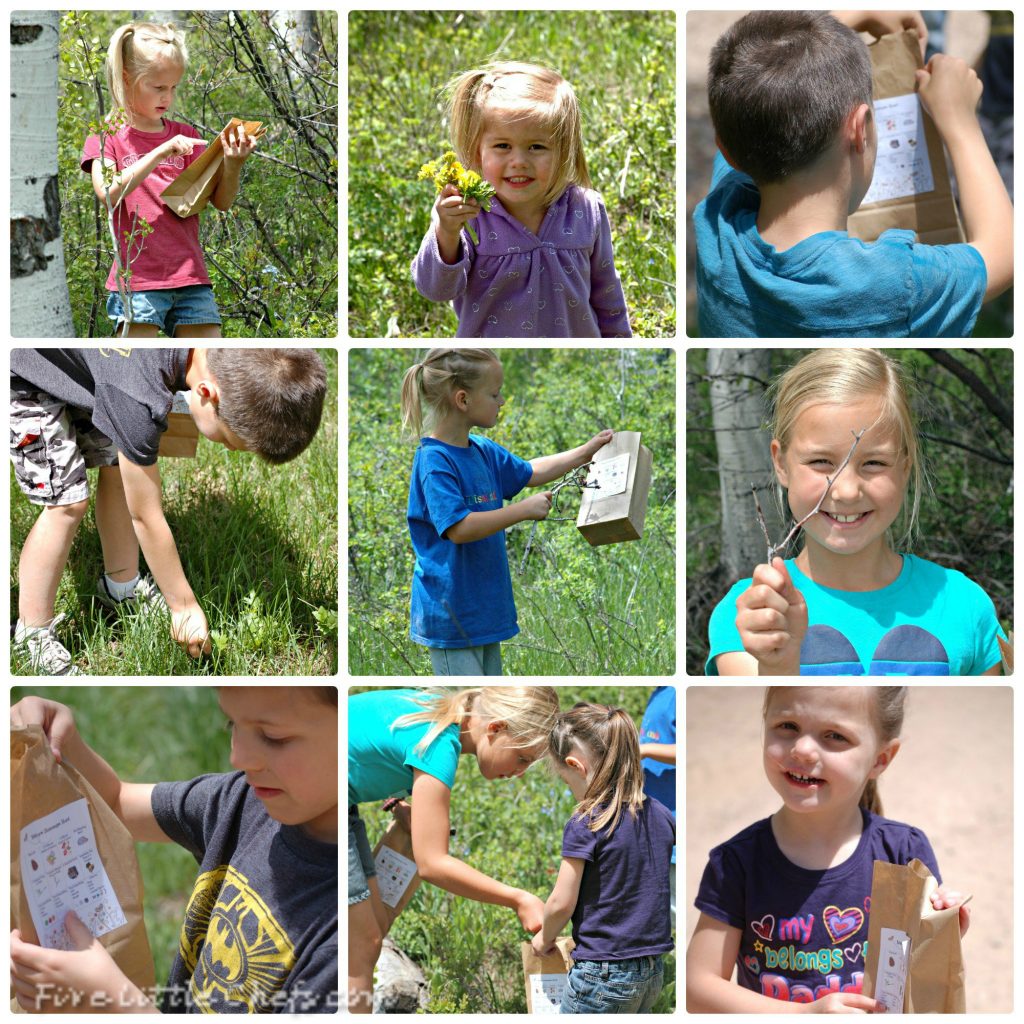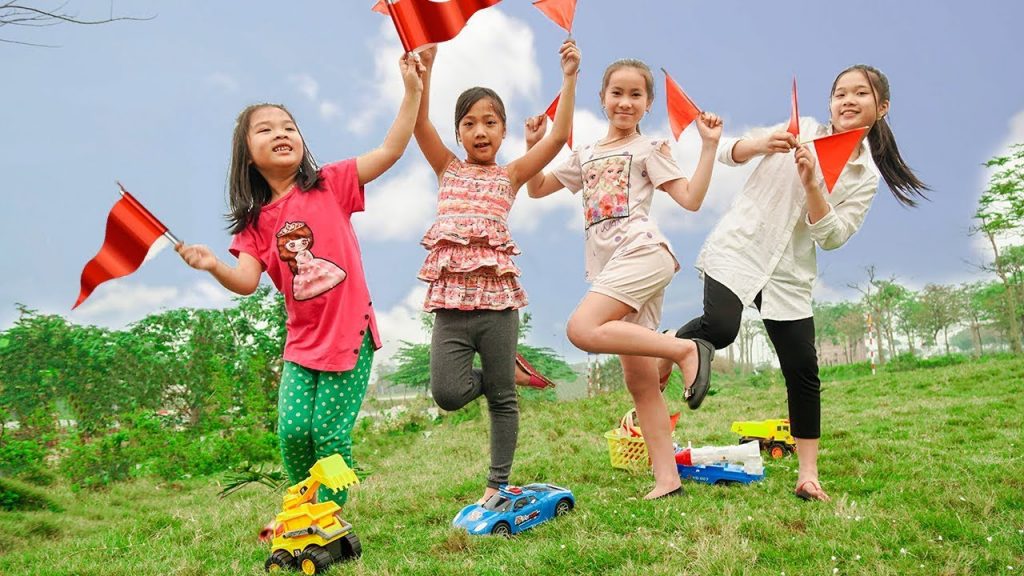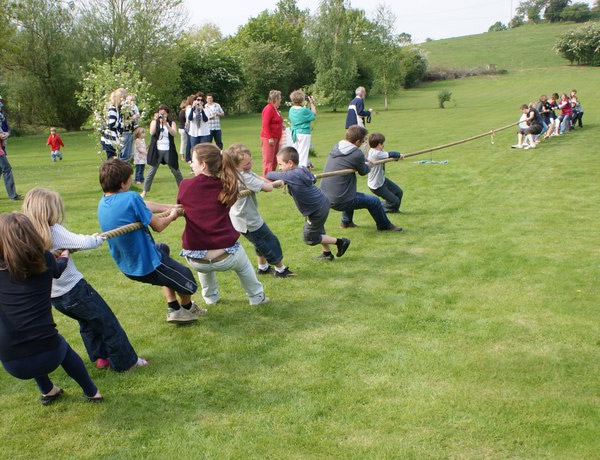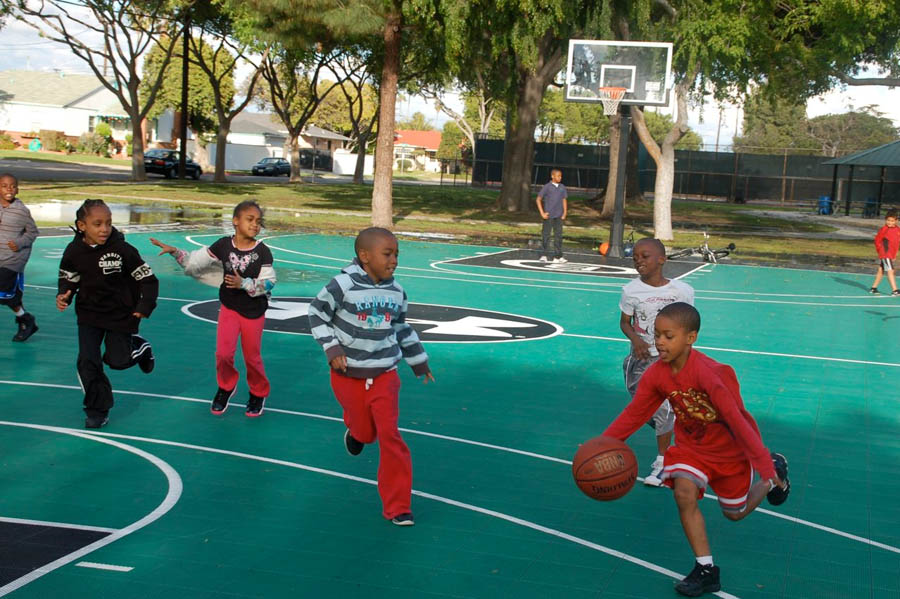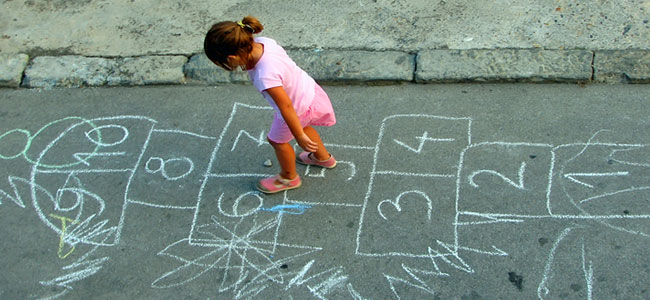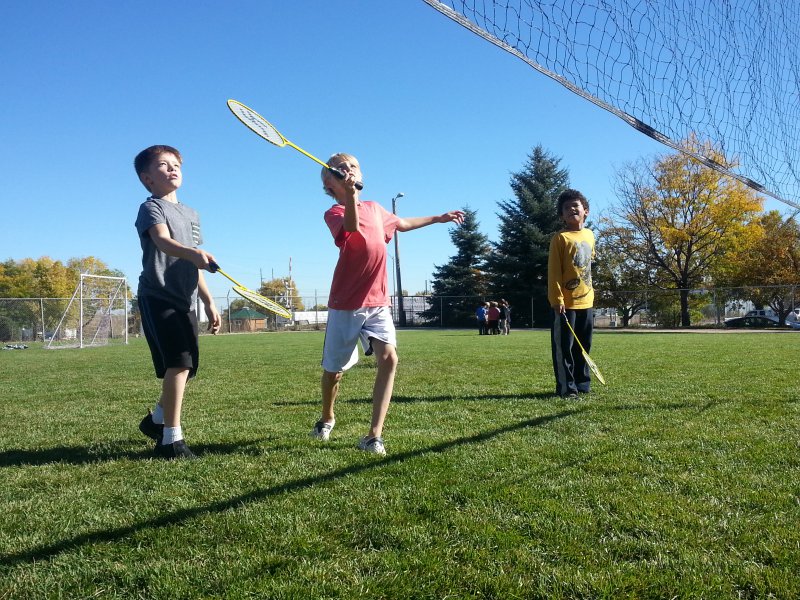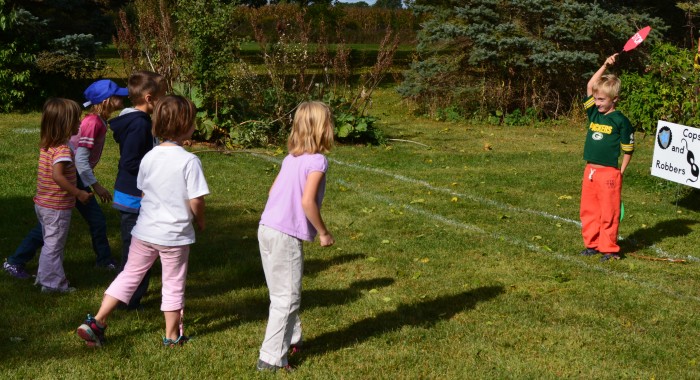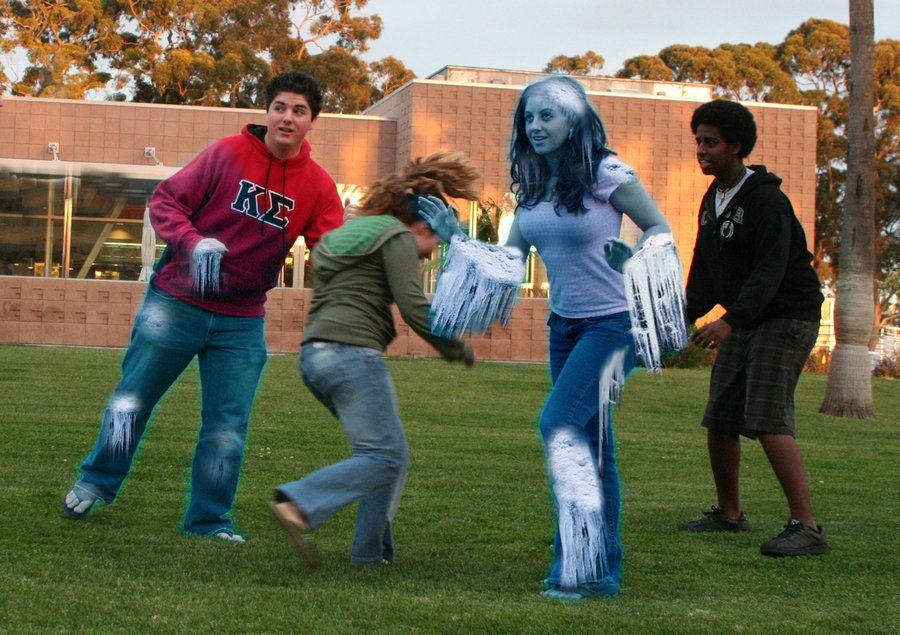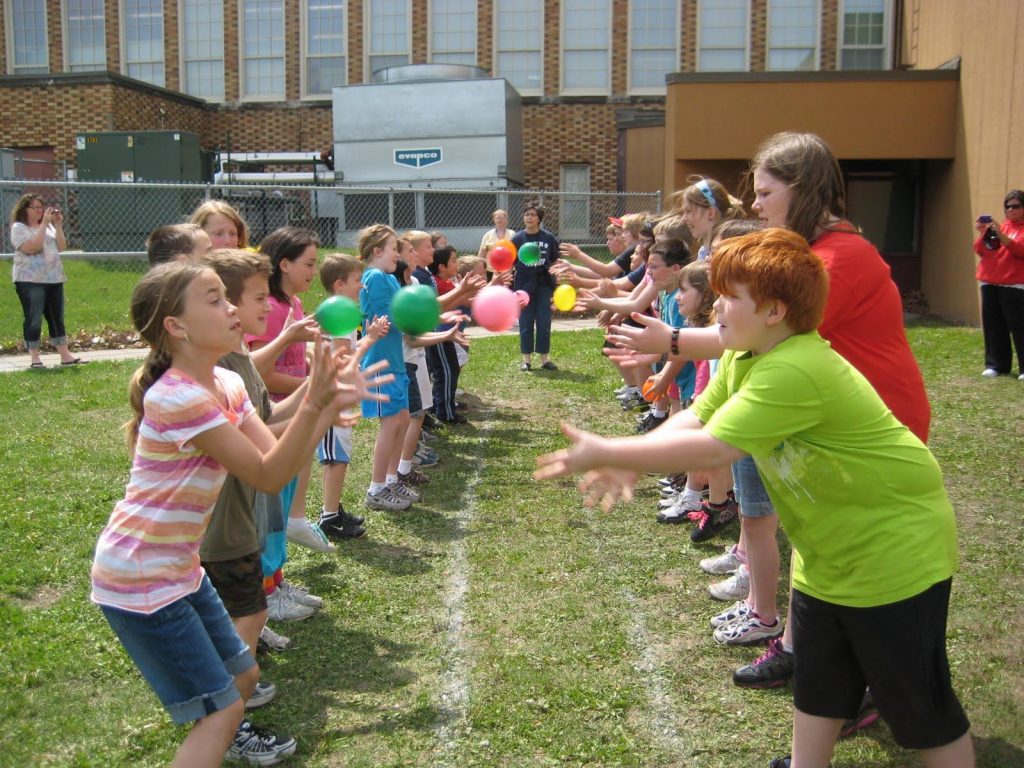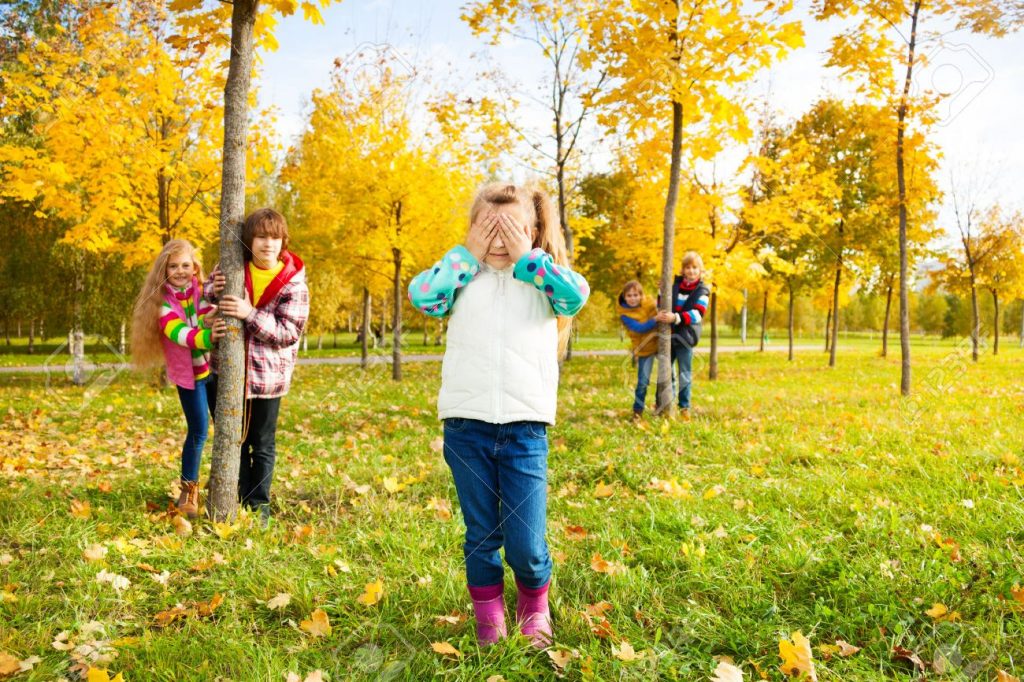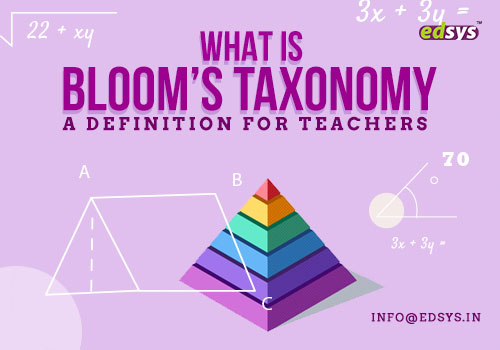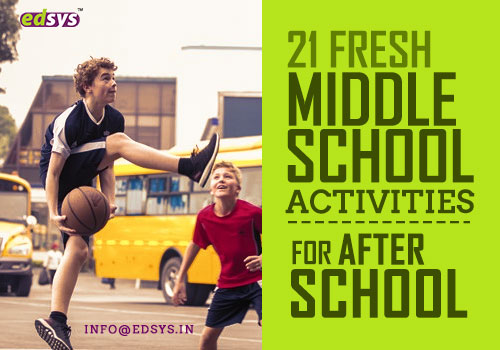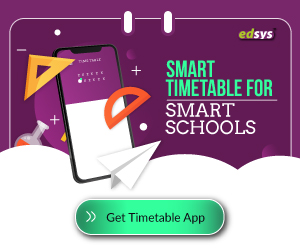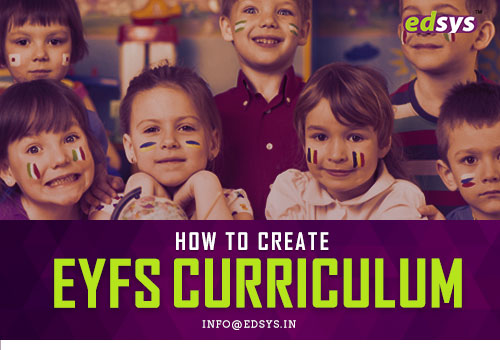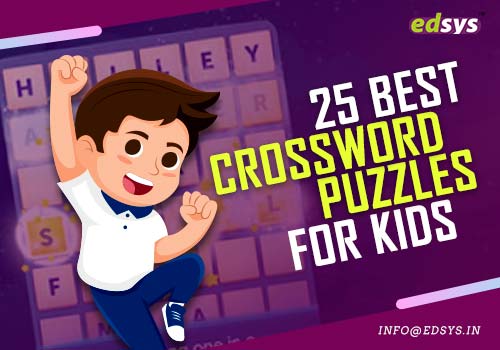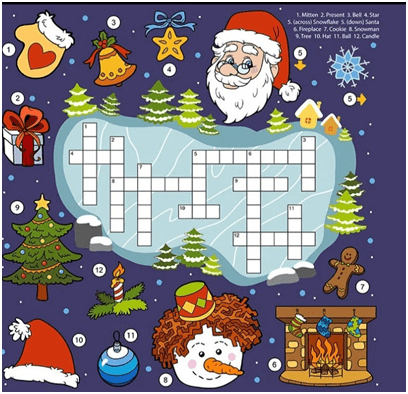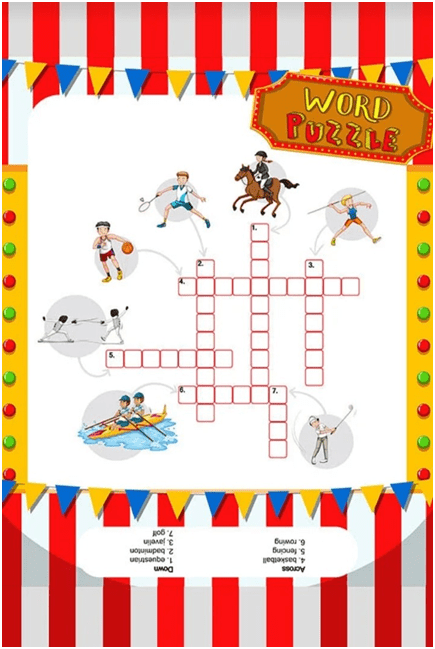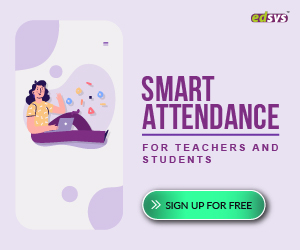Are you looking out for out of the box ideas to help the kids to learn maths in a fun but sensible way?
Math is a nightmare for many of the kids and the key reason is that they didn’t get their basics right.
Boost your Math Skills with FREE Math Apps (Check it Now)
Once a kid gets his basics right and starts loving maths, then it is going to be one of the most interesting subjects as they go up with higher classes.
The typical textbook methods may not be a feasible option to learn mathematics for all and here is when the creative and innovative hands-on activities can play the trick.
Here we discuss a few of the most followed early year maths activities by parents and teachers to help kids learn the subject in a much smarter way.
1. Number Stones
This awesome math activity can be tried out in surfaces like beaches where you get a lot of pebbles. Teachers can make the picnic time more fruitful to teach maths while having fun. First, ask them to collect as many pebbles as they can.
Then call out a number, say 2 and the kid have to write or draw the number 2 using the pebbles.
If they have just started to learn the numbers, you can draw the particular number on the sand and the kid can replicate the number using pebbles.
It is sure that they will crave for more at the end.
2. Number Hunt in Jelly
This is one of the cutest math activities for small kids who are just getting familiar with numbers. All you want for this math activity are jelly bowls, plastic numbers, and tongs. You can first spread out the plastic numbers in layers of jelly.
Then simply call out the numbers and kids have to use tongs to find out the particular plastic number from the jelly. This activity not only improves their number recognition but also enhances their fine motor skills.
3. Clothespin Drop Counting
This is a simple but one of the interesting math activities for counting practice and to develop hand-eye coordination. You just need a plastic container with a comparatively wide mouth opening and a few wooden clothespins, say 5.
The container can be placed in a flat surface and the kid has to aim to drop the clothespin one by one from a decided distance.
Some clothespins or all may fall inside and some outside. Kids can then count the number of clothespins inside the can and outside. They can compare which is less and more and learn the basics of counting.
4. Missing Numbers
This is a math activity which helps kids to improve their number recognition. The materials needed for the activity include craft sticks, sharpies, and clothespins. First of all, write a number from 1 to 10 or reverse on the craft sticks and leave some blanks for certain numbers. The different pins can be given numbers 1to 10.
The role of the kids is to find out the missing numbers in the craft sticks. They have to use their motor skills to find out the corresponding number from clothespins and pin it on the gaps to correct the sequence.
5. Dice Number Bonds
This is an interesting math activity to help kids to learn and count numbers from 1 to 10. This simple activity just needs a dice and a surface to play. It can be played in groups to have fun.
The first teacher can decide on a final number, say 10. Then one kid from a group can roll the dice. If the number of dice is 4, then he has to call out 6 which makes it 10. If the teacher says the final number is 8, then he should have called out 4 (4+4=8). The next level of the game can be learning subtraction.
6. Spinning Cups
This is an amazing math activity for kids to introduce new maths equations. You just need Styrofoam cups with lips and sharpie markers to do the activity.
First of all, write different numbers and maths symbols on the edge of cups. Then stack these cups in a logical order (example: 6+4=10).
The activity for kids is to spin the cups to create true equations. This improves their problem-solving skills and thinking ability.
7. Puppet Maths
This is one of the wonderful methods followed by teachers to help kids learn math in an interactive way. There is scope for a number of activities when including puppet in your math class.
Word number problems can be introduced through storytelling with puppets. The concept of mathematical sharing can be better conveyed using puppets in groups.
Similar activities include puppets missing a number in the sequence which kids have to answer or count from the number called out by the puppet.
8. Step on it
This is an interesting activity to learn mathematics outdoor. You can have this activity in groups to make it more interesting. Go out to the school ground and get some cardboard pieces, say 10 or 100 depending on the size of the group.
Also Read: 21 Fresh Middle School Activities For Middle School
Write down 1 to 10 or 1 to 100 in the cardboard pieces and scatter it on the ground.
The teacher can call out a number and the kid can identify it from the cardboards and step on it.
Kids from each group can take turns to do the activity and points add for each correct answer. This activity can also be used for higher classes where the teacher asks an equation (1+2) and kids have to step on to the answer (3).
9. Draw The Picture
This is an interesting activity that we usually see in children’s magazines. Teachers can give them this activity when they are bored with typical textbook activities and parents can try this to give them some fun time.
The picture can be their favorite cartoon character or some cute animals, birds or flowers.
The kids will see a lot of numbers in a paper from 1 to 100 or so in a particular order or shape. All they want to do is to connect those numbers in the ascending order using a pencil and the result will be an amazing picture. They can even color it to make it a great picture.
10. Egg Cracking:
This is a counting activity for kids who are familiar with number recognition. The activity needs cardboard; hole punch, sharpie markers, and scissors.
In this simple but interesting activity, teachers or parents can write out different numbers on different cardboard pieces cut out in oval shape.
The role of kids is to identify the number written in each oval cardboard and punch the corresponding number of holes in them to form ‘eggs’.
This activity not only helps them learn to count in an interesting way but also develops their hand muscles.
11. Make a Toy Shop
This is an amazing way of introducing how to handle money numbers from a younger age.
Teacher can set up a toy shop scenario in a classroom where there will be toys of different price tags.
A kid can take the role of shop keeper where others can come to shop to buy toys with ‘money’.
This will help them to learn how to count the money and buy stuff and the shop keeper can learn how to give balances. Kids can take a turn in such different scenarios.
12. Odd or Even
This is a simple but interesting activity for kids who are already familiar with numbers.
The activity can be done in groups or single. You can write out numbers from 1 to 100 in oval shape cardboards and place it on the desk in a different order.
The teacher can then call out odd or even and the kid from one group has to step forward and select an odd or even number depending on the call.
A variation to the activity is like a teacher can randomly choose cardboard and kid have to tell whether it is odd or even.
13. Go Fish maths
This is an amazing activity which kids would love for sure. The activity needs cut out fish shapes from colored cards, a metal paperclip near the fish’s mouth and a magnetic fishing rod (tie a magnet to a string). Write out numbers 1 to 10 or your preferred sequence on different fish cutouts.
You may even have an undersea landscape picture on the surface where the fishes are placed. The kids can then start fishing the numbers one by one. The game can have many variations.
The teacher can call out for a particular number which they should fish. Or they can just fish the numbers and arrange it in ascending or descending order. Or decide a number, say 3 and kids have to add 3 to the fish number and call out a result and so on.
14. Number Dots
This is an interesting activity for kids that work with dotted numbers. The activity needs parchment paper, sharpie marker and do-a-dots markers.
Firstly, tape the parchment paper on the wall and write numbers on it that are decorated with dots.
The activity for kids is to use the marker to connect those dots and draw the number. This not only helps them to memorize different numbers but holding the marker against the wall also strengthens their little muscles.
15. Musical Maths
It is no surprise that music can do wonders to heal any wound and better any situation. Have you thought about including music as part of learning maths?
Teachers and parents can frame simple songs including the numbers in descending or ascending order or simple addition or multiplication or equations.
Compose a rhythmic tune to it and let kids sing it loudly. Kids are actually learning the basics of mathematics even without the feeling that they are learning.
Brain gets trained easily with this information while they can have fun.
Moreover, this aerobic activity boosts oxygenation in the bloodstream and enhances mental alertness.
If you are too bad at framing songs, just go online and you can easily find out a handful of ‘math songs’ for kids.
16. Leaf Math Games
This is an interesting activity that can be tried out in your campus garden. Kids can be given sufficient time to collect fallen leaves from the ground and let them number it from 1 to 5 depending on their sizes.
Also Read: 9 Fun Group Activities For College Students
Teachers can introduce the concept of addition and subtraction with these leaves of different sizes.
For example, to teach 1+2=3, place the leaf with number 1 and number 2 in one side and number 3 on the other side.
Kids can easily understand how the value of a single bigger leaf in the second side is more when you put two leaves of a smaller value in the first side. Similarly, you can try out concepts of subtraction and multiplication, as well.
17. Smack The Number
This is another interesting activity to help kids to identify the numbers easily. All that you need for this simple activity is a dice, sticky notes, and a fly swatter.
The activity can be done in groups to make it total fun. First, you have to write different numbers on sticky notes and place it on the surface.
Then put the dice on the surface and kids have to instantly identify the number on the dice and swat the matching number on sticky notes.
For kids who are learning addition and subtraction, try varieties of this activity. Put the dice twice and then say addition or subtraction and kids have to find the result from sticky notes. (Example: 6, 4, addition=10, subtraction=2)
18. Math Bingo
You might be familiar with the alphabet bingo which is the favorite of many kids but this math bingo can be a lot more fun and interesting.
In this activity, each kid can be given a bingo card that is marked with numbers on columns. Parents or teachers can be the caller or assign a kid who can take the role.
For small kids, just call out numbers and they can mark it on the cards. For higher classes, you can call out equations and kids have to mark the answer in the bingo card. (Example: 8+2=10).
19. Nature Shapes Outdoor
This is a cool activity for kids that can be tried out in your school garden or the park near home. This activity lets kids explore nature while identifying and forming different shapes.
It can be a timed activity, say 30 minutes or 1 hour and see how many shapes the kids can identify in nature in minimal time.
They can also be allowed to form different shapes using natural elements, say leaves, sticks or stones but all within the time limit.
20. Abacus
There is no special introduction for Abacus as it is an amazing tool that lets kids do a lot of activities to learn the foundation of maths.
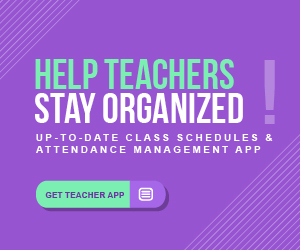
It is the best ever tool ideal for 4 to 5 years old for learning maths. In addition to enhancing memory power and providing a solid learning foundation, this even sharpens overall mental formation.
Try out these activities frequently in addition to the textbook methods to help the kids to set a good platform to learn the subject.
Once they start seeing the math activities in nature and daily routines, it is easy for a kid to pick up any complex formulas fast as they move up higher classes.
Boost your Math skills with FREE Math Apps (Check it Now)
Triggering a love for the subject right from the lower classes is the key and such innovative activities can surely help you out.
Teachers can include these activities in the classroom or outdoor and you will be amazed in the way they respond to the learning thereafter. Similarly, parents can try out these activities with your kids during free time to invoke their interest in the subject.
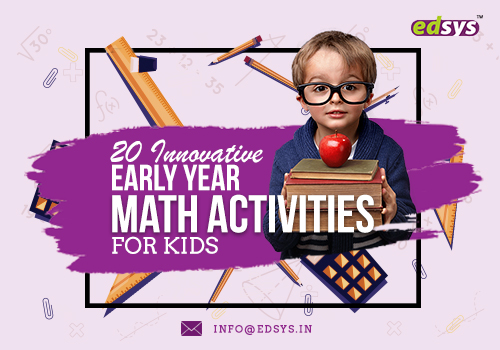



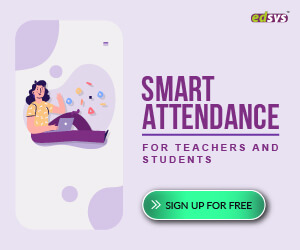
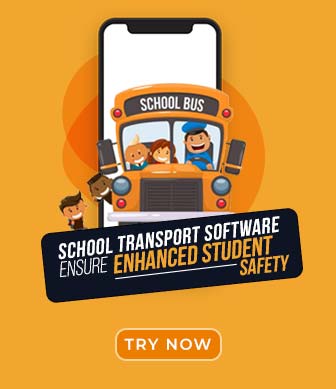
![24 Most Popular National Festivals of India [State-Wise]](https://wp.edsys.in/wp-content/uploads/2019/08/26-08-2019-24-Most-Popular-National-Festivals-of-India-State-wise.jpg)

